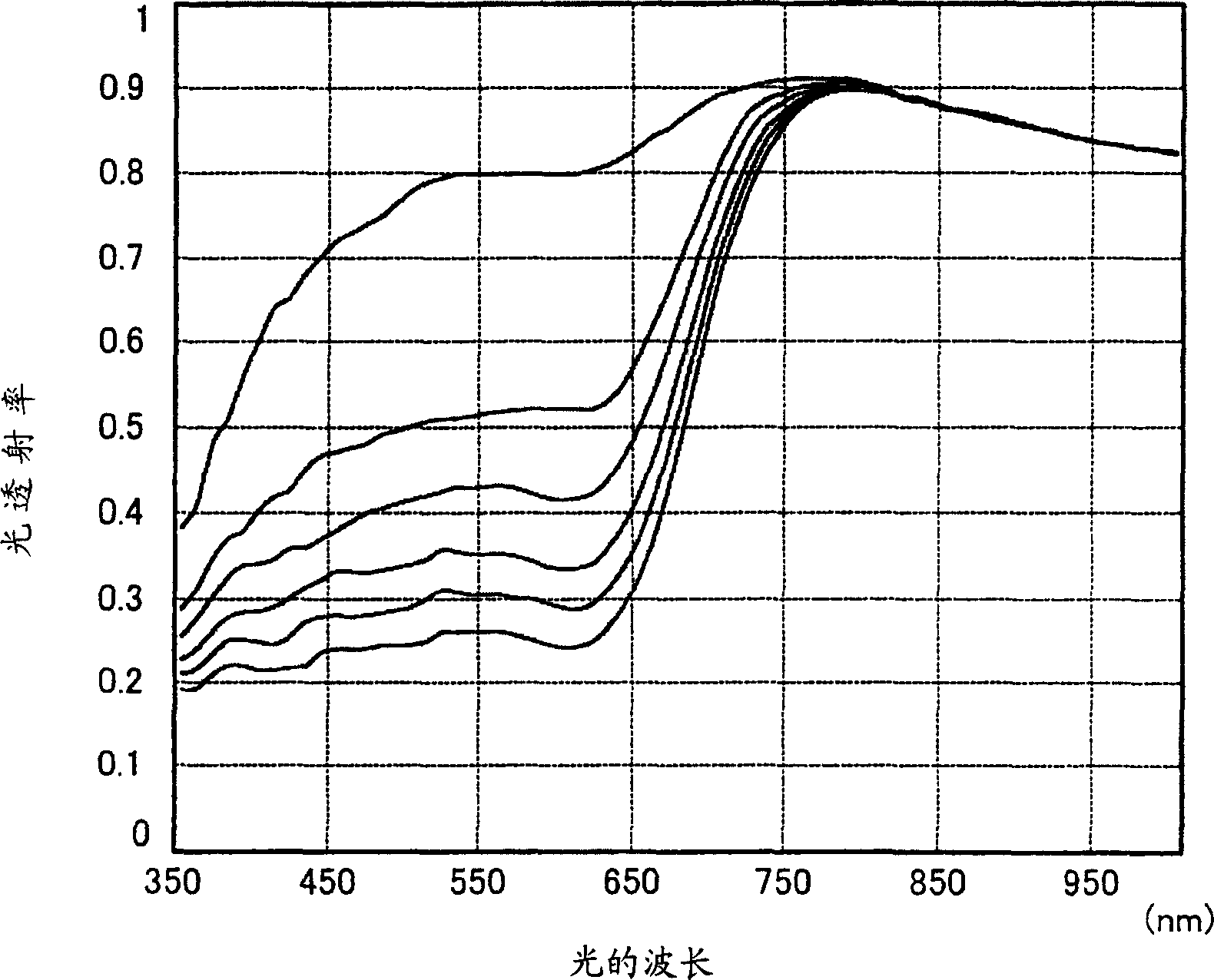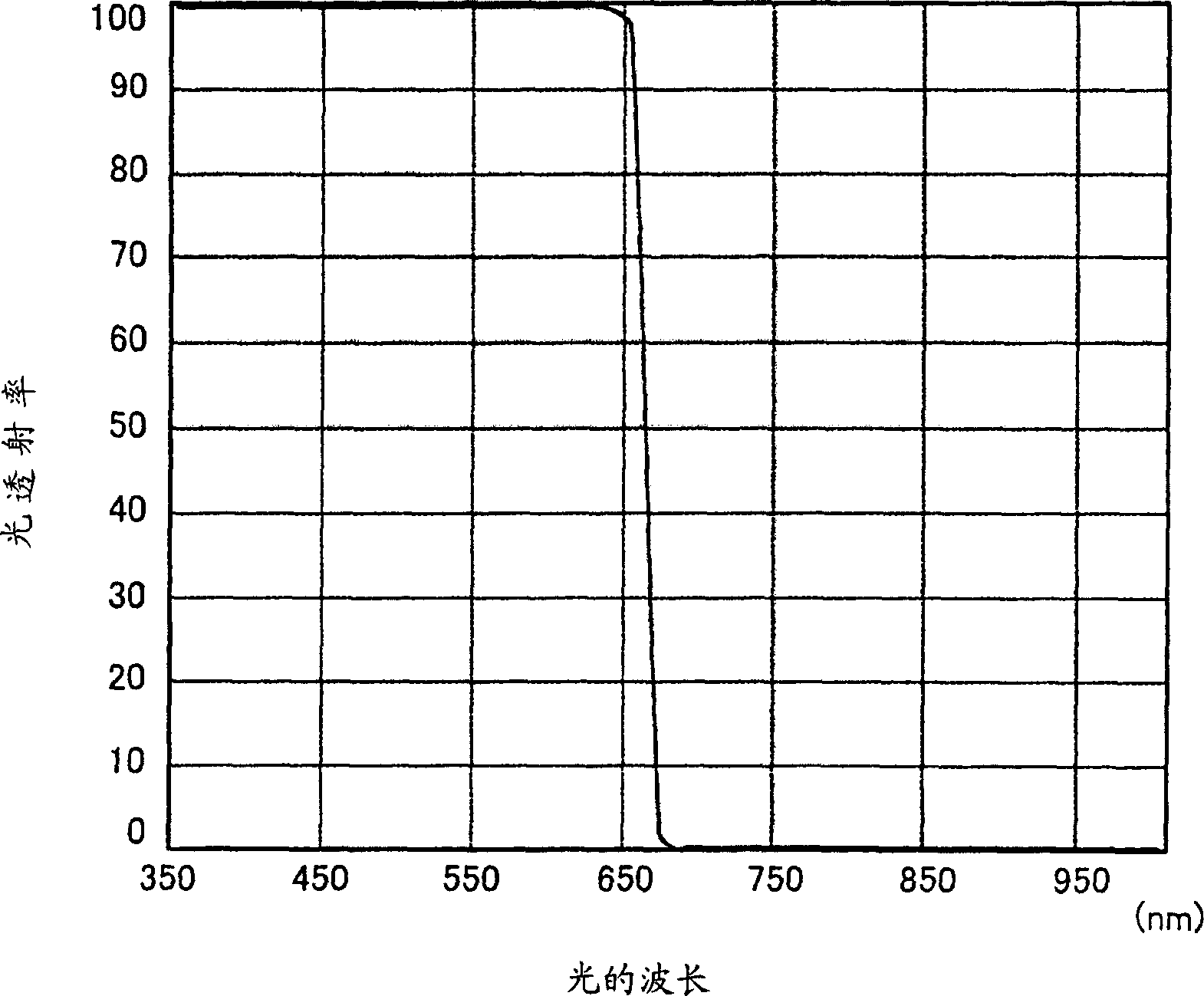Light quantity control device and camera device
A technology for controlling the amount of light and optical devices, used in cameras, controlling exposure, aperture, etc.
- Summary
- Abstract
- Description
- Claims
- Application Information
AI Technical Summary
Problems solved by technology
Method used
Image
Examples
Embodiment Construction
[0022] Next, embodiments of the present invention will be described with reference to the drawings. figure 1 An example of the structure of the camera device according to the embodiment of the present invention is shown. The optical device 1 is an optical filter that blocks light having a wavelength longer than a predetermined wavelength. The image optical system 2 has a lens system (not shown) and a property device 20 that controls light transmittance using liquid crystal. The property device 20 includes two opposing transparent electrodes on which a predetermined alignment process has been performed, and liquid crystal is sandwiched therebetween. When the voltage applied to the electrodes is controlled, the light transmittance can be changed from an emission state with light transmittance close to 100% to a block state with light transmittance close to 0%. The image sensor 3 is a device that converts incident light into electrical signals. An example of the image sensor 3...
PUM
 Login to View More
Login to View More Abstract
Description
Claims
Application Information
 Login to View More
Login to View More - R&D
- Intellectual Property
- Life Sciences
- Materials
- Tech Scout
- Unparalleled Data Quality
- Higher Quality Content
- 60% Fewer Hallucinations
Browse by: Latest US Patents, China's latest patents, Technical Efficacy Thesaurus, Application Domain, Technology Topic, Popular Technical Reports.
© 2025 PatSnap. All rights reserved.Legal|Privacy policy|Modern Slavery Act Transparency Statement|Sitemap|About US| Contact US: help@patsnap.com



